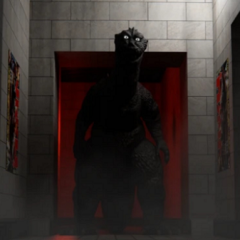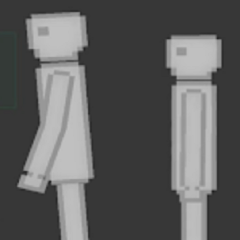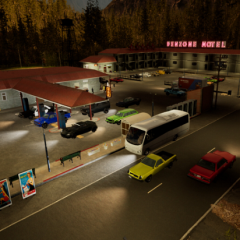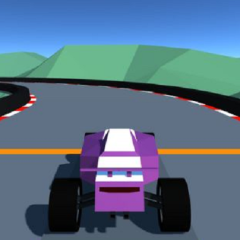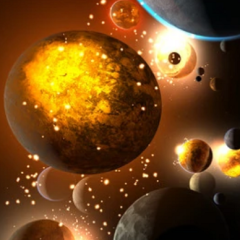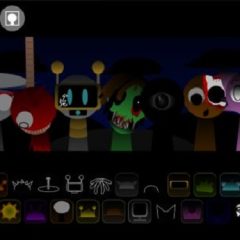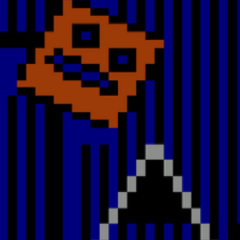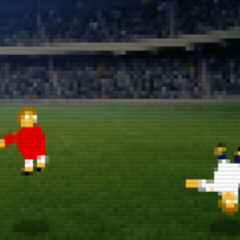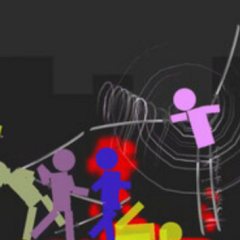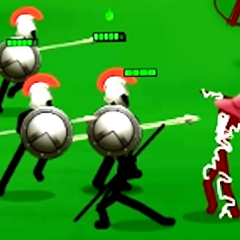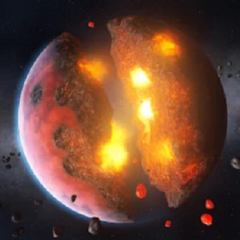Universe Simulator is a program that models the structure and motion of celestial systems through mathematical physics. It allows users to observe how gravity, mass, and distance interact to shape planetary and stellar motion. The environment is based on accurate spatial parameters, where every body influences every other through gravitational force. Users can design their own systems or recreate existing ones to examine orbital stability and long-term evolution.
Simulation Logic And User Tools
The foundation of Universe Simulator is its physical engine that calculates force, velocity, and acceleration between multiple bodies. Each step of the simulation updates positions according to gravitational laws. Users can add stars, planets, or moons and adjust their mass or orbital speed. These changes immediately alter the system’s dynamics. The simulation can run in real time or at accelerated speed, showing both short-term orbital adjustments and gradual system changes that occur over millions of simulated years.
Objects And Adjustable Settings
Universe Simulator provides a set of predefined and customizable space objects that serve as the building blocks of any system. Each object follows specific parameters that determine how it behaves under gravity and motion. Users can modify individual attributes or create entirely new ones to test outcomes.
The main configurable elements include:
· stars with defined temperature and size
· planets with orbit radius and mass values
· moons and artificial satellites
· asteroids, comets, and debris clouds
· black holes with gravitational distortion
These objects can interact in any combination, allowing endless variations and outcomes during simulation.
Observation Modes And Data Collection
The program includes multiple camera modes and measurement tools. Users can focus on a single object or observe entire systems from a distant point. Numeric data such as orbital period, distance, and velocity are displayed in real time. Collisions and near passes are automatically recorded, and playback functions allow detailed analysis. By changing time progression, users can study how systems stabilize, collapse, or reorganize after gravitational disturbances.
Universe Simulator acts as a controlled environment for experimentation with cosmic motion. Each simulation demonstrates how mass and movement define structure on both small and large scales. The program’s accuracy in tracking orbital mechanics gives users the ability to study cause-and-effect relationships directly. Through observation and adjustment, Universe Simulator shows how simple physical laws create complex and interconnected cosmic systems.



